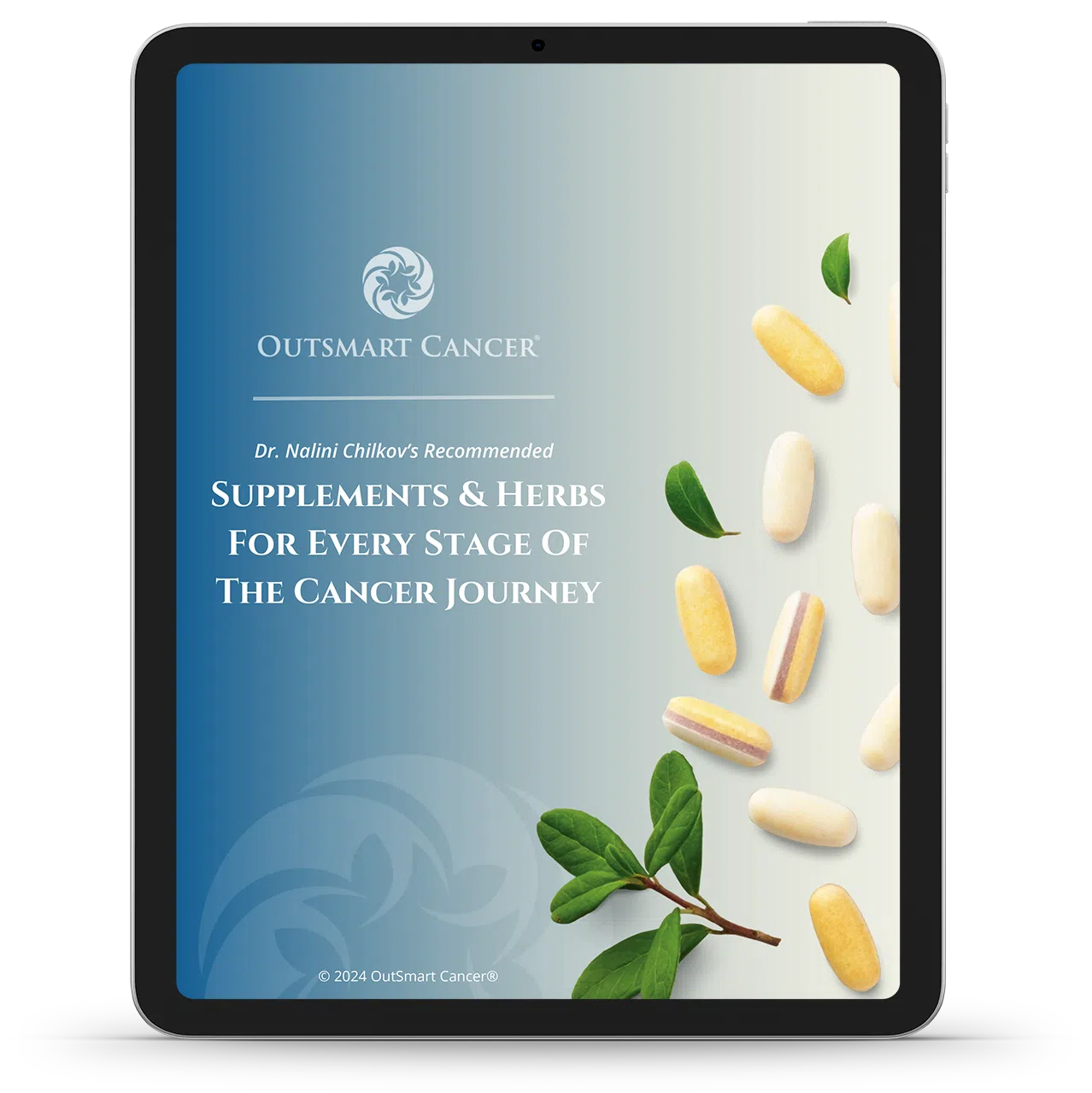
Caregiver Burnout is Real. Cancer Patients are most often cared for by family members and loved ones. The emotional and physical strains of not only taking on the responsibilities that the patient may have performed, but also the strain of long hours, watching a loved one suffer and the process of loss can all contribute to burnout and strain. Most often these are unpaid hours. sometimes on top of full time jobs and additional family care. Lack of sleep, no time for one’s only personal care and well being, the loss of social life, the stress of changing roles….all of these stressors impact the life of the caregiver. While the focus primarily goes to the “patient”, the family members and caregivers need just as much support and care as the person who is ill, undergoing treatment or perhaps in the dying process. There is a beautiful website Caregivers.com. Here I share the common symptoms of Part 1 Caregiver Burnout as well as Part 2 The Caregivers’s Bill of Rights that are a source of insight into the dynamics and needs of both the patient and the caregiver so that this very intimate time is rich, meaningful, loving and openhearted….and everyone’s needs can be considered, respected and hopefully met.
What Is Caregiver Burnout?
By Dr. M. Ross SeligsonBeing able to cope with the strains and stresses of being a Caregiver is part of the art of Caregiving. In order to remain healthy so that we can continue to be Caregivers, we must be able to see our own limitations and learn to care for ourselves as well as others.It is important for all of us to make the effort to recognize the signs of burnout, In order to do this we must be honest and willing to hear feedback from those around us.This is especially important for those caring for family or friends. Too often Caregivers who are not closely associated with the healthcare profession get overlooked and lost in the commotion of medical emergencies and procedures. Otherwise close friends begin to grow distant, and eventually the Caregiver is alone without a support structure. We must allow those who do care for us, who are interested enough to say something, to tell us about our behavior, a noticed decrease in energy or mood changes.Burnout isn’t like a cold. You don’t always notice it when you are in its clutches. Very much like Post Traumatic Stress Syndrome, the symptoms of burnout can begin surfacing months after a traumatic episode. The following are symptoms we might notice in ourselves, or others might say they see in us. Think about what is being said, and consider the possibility of burnout.
- Feelings of depression.
- A sense of ongoing and constant fatigue.
- Decreasing interest in work.
- Decrease in work production.
- Withdrawal from social contacts.
- Increase in use of stimulants and alcohol.
- Increasing fear of death.
- Change in eating patterns.
- Feelings of helplessness.
Strategies to ward off or cope with burnout are important. To counteract burnout, the following specific strategies are recommended
- Participate in a support network.
- Consult with professionals to explore burnout issues.
- Attend a support group to receive feedback and coping strategies.
- Vary the focus of caregiving responsibilities if possible (rotate responsibilities with family members).
- Exercise daily and maintain a healthy diet.
- Establish “quiet time” for meditation.
- Get a weekly massage
- Stay involved in hobbies.
By acknowledging the reality that being a Caregiver is filled with stress and anxiety, and understanding the potential for burnout, Caregivers can be forewarned and guard against this debilitating condition. As much as it is said, it can still not be said too often, the best way to be an effective Caregiver is to take care of yourself.
Read Part 2: Cancer Patients | Coping with Burnout | CareGiver’s Bill of Rights
You may also like:
5 Tips for Dealing with the Stress and Overwhelm of Cancer Part 1 and Part 2
M. Ross Seligson, Ph.D., P.A., is a Licensed Psychologist in Ft. Lauderdale Florida. He has supported Caregivers in his community for a number of years, including participation in AIDS, Mental Health, Cancer and Educational organizations.




